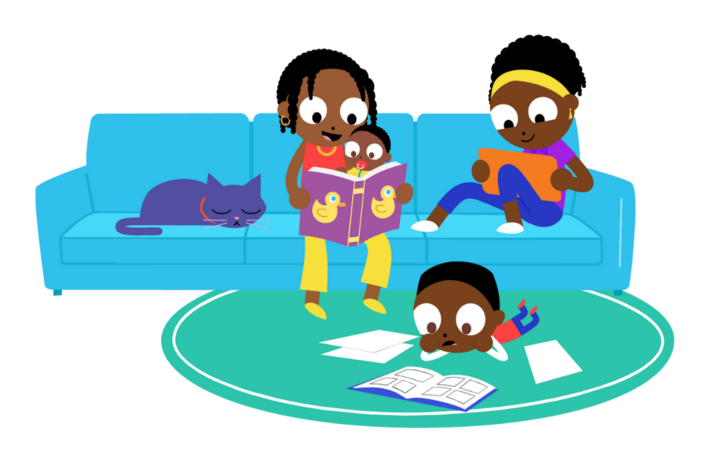
Section Branding
Header Content
What Can Lawyers Teach Our Students About Writing?
Primary Content

It's a familiar scene. The movie you are watching is coming to a climax. The plucky young attorney has been up all night looking at documents and eating takeout. The next day in court, the case breaks wide open in dramatic fashion with the entire film now hinging on this final twist. You know the sort: the grilling of Colonel Nathan Jessup in A Few Good Men. The forensic knowledge of Mona Lisa Vito in My Cousin Vinny. And let's not forgot Elle Woods piecing the puzzle together in Legally Blonde.
U.S. History and Civics classes are full of moments devoted to watching these key scenes from trial movies to impart core concepts like civil and constitutional rights, morals and ethics, and the role of government. But can we make these moments more applicable across the curriculum? Of course we can.
Lawyers and the Classroom
In the first of a series of blogs, we're going to look at the power of impassioned opening statements as a means to teach students more creative and persuasive approaches to writing introductions and thesis statements. The question a student is trying to answer or circumstance they are trying to explain is much like an attorney’s client. Lawyers are very good at arguing. And so are the best writers. How will our students win the case? From what angle? How will they persuade their audience to take their side?
That said, most trials appear onscreen in a truncated form. Typically, the viewer sees the passionate opening and closing arguments, some crucial testimony, and some aspect that shows the character of the attorneys. All of these aspects can easily be translated into a structure to help students write better: opening, closing, and questioning, or introduction, conclusion, and evidence.
Introduction: Opening Statements
Opening statements are meant to tell your side of the story to a jury. Here is what happened, here is why my client is innocent, here is how we will prove it to you. They stake out their position. And there is often a reference to some philosophy, popular culture, or history to get their audience's attention. Sometimes they appeal to the jury's sense of morals. Other times attorneys try to get the jury to think what they would have done in the same circumstance. Regardless, it is all simply an engaging introduction. And when they finish, their purpose is clear. My client is innocent.
An introductory paragraph generally
- Provides background, or a brief summary, and the surrounding context
- Outlines the question to be answered and the lens through which the issue should be viewed
- Proposes a thesis (or answer) and briefly explains the methods
To pull all of these parts together in one paragraph it helps for students to consider an idea on which they can "hang their hat," or refer back to so as to continue engaging the reader. Attorney Elliott Wilcox, author of Trial Theater, discusses how a lawyer must have a "case theme" in their opening statement. "When you develop a powerful case theme," says Wilcox, "you give the jurors a lens through which they will view the evidence in your case."
In a student's introductory paragraph, they not only need to outline what they are going to discuss and what they will argue. They also need to hook the reader and offer the lens Wilcox refers to so as to guide the reader through their line of thinking. In this way, getting students to consider their entire argument surrounding a central "case theme" can help focus their writing.
Exercise
To try out this approach in class, explain to students they will make an argument on a certain subject (whether it is a culminating essay or informal assessment or something in between). Tell them they must come up with a clear thesis statement. For a simple approach, they can use an opinion. Instead of delving them into research, show them the opening statements from several famous (and appropriate) movies. Provided above are the opening statements from the animated Bee Movie.
Explain to students that today they will craft their opening statements and that they should attempt to find the "case theme" of their argument. As a pre-exercise, when showing students famous opening statements, have them summarize the case theme that each attorney made in one sentence and then share with others. Have half the class summarize the theme of the "southern" attorney who goes first, and the other half of the class summarize the main character who goes second.
A final tip: if students are having trouble coming up with a theme, point them towards "taglines" that they often see during movie trailers or on movie posters. The first thing they must do is summarize their entire case theme like the tagline to a movie. For instance, above is the trailer for Despicable Me. Students can search for promotional posters for this film and will see the tagline "when the world needed a hero, they called a villain." Have students search for posters of their favorite (and appropriate) movies to get ideas. Now, counselor . . . your opening statement?
Lawyers are very good at arguing. And so are the best writers. How will our students win the case? From what angle? How will they persuade their audience to take their side?





